ARTS AND CULTURE INFORMATION GATEWAY
Immerse yourself in the colorful world of art and culture! From traditional heritage to contemporary works, discover uniqueness that reflects the nation's identity and identity
TARIAN RAMBONG
Picture
0
Video
Available
Today's Visitor
1
Number of Visitors
344
Introduction and history
The Rambong Dance is a popular traditional dance among the Siamese community residing in Kedah, often performed during festive occasions. This dance is particularly well-known in Thailand, where it is performed during the Loy Krathong festival, a celebration observed by Siamese Buddhists during the full moon of the 12th month in the Thai lunar calendar. The festival, known as Loy Krathong, derives its name from the words loy (to float) and krathong (a lotus-shaped container made of banana leaves). In Kedah, the Siamese ethnic community has popularized this dance, making it a common feature at celebrations and community events.
The history of the Rambong Dance in Kedah is closely tied to the influence of Malay and Hindu cultures, as well as religious elements brought by Arab and Indian traders in the 15th century. Over time, the dance underwent adaptations but retained the traditional elements that define its unique character.
The Rambong Dance reflects the integration of military, religious, and social elements found in the lives of Kedah’s people in the past. It typically features bold and spirited movements, with dancers dressed in traditional Malay attire adorned with bright colors and ornaments that signify their social status. This dance is often associated with major celebrations such as Maulidur Rasul (the Prophet’s birthday), Hari Raya celebrations, or weddings.
The costumes used in the Rambong Dance usually consist of traditional Malay attire such as baju kurung or baju kebaya made from silk or woven fabrics in bright colors. Additional accessories such as shawls, headscarves, and rings are used to complete the dancers’ appearance, adding elements of luxury and elegance to the performance.
The uniqueness of the Rambong Dance costume lies in the use of fabric decorated with intricate embroidery and beads, creating visually striking effects as the dancers move. Accessories also play a significant role in enhancing the aesthetic value of the performance. These include ankle bracelets, arm cuffs, and headpieces such as tengkolok (traditional Malay headgear) or buns adorned with floral arrangements (bunga rampai), providing a strong traditional element to the dancers’ movements. These detailed accessories not only serve as visual complements but also symbolize the cultural identity of Kedah’s community.
The Rambong Dance, one of Kedah’s traditional dances, is accompanied by musical instruments rich in Malay cultural elements. The musical instruments used in a Rambong performance play a crucial role in creating a lively and dynamic atmosphere. The main instruments include gendang (drums), gongs, serunai (flutes), and rebana (frame drums).
The gendang, typically played by multiple performers, produces strong rhythms that match the dancers’ movements. The gong provides deeper sounds, marking transitions between slower and faster segments of the dance. The serunai adds melodic and harmonious elements, while the rebana provides rhythmic stability and texture to the performance.
The Rambong Dance is a traditional art form rich in Malay cultural elements, particularly in Kedah. This dance is typically performed during celebrations or official ceremonies and features choreography filled with symbolism and dynamic movements.
A Rambong Dance performance in Kedah is characterized by the use of traditional musical instruments such as gendang, rebana, and serunai, which accompany the energetic and spirited dance movements. The dance involves a group of dancers moving in unison, performing wide steps and strong leaps that portray strength and joy.
The Rambong Dance also incorporates decorative elements such as shawls and fans, which enhance the movements. Meanwhile, the dancers’ costumes—traditional Malay attire in vibrant colors adorned with beads—create an impressive visual impact, making the performance both captivating and culturally meaningful.
-
Reference Source
Bahan Bacaan
K. Y. (1980). Hiburan dalam masyarakat Melayu bandaran 1870 hingga 1941: satu kajian tentang pertumbuhan budaya popular. (n.p.): Universiti Malaya.
Jikey: teater warisan Langkawi. (2022). Malaysia: Penerbit Universiti Utara Malaysia.
Location
State JKKN Contact Information
Encik Mohammad Salleh bin Mahmud
Cultural Officer
Jabatan Kebudayaan dan Kesenian Negara, Kedah
Kompleks JKKN Kedah
Lot PTD 400, Pumpong
05250 Alor Setar
KEDAH DARUL AMAN
011-10899646






